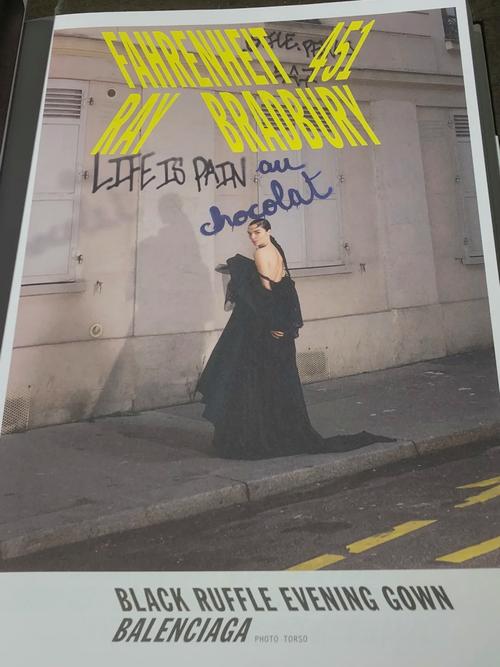
The Age of Queen Elizabeth I
Queen Elizabeth I, known as the “Virgin Queen,” was a monarch who reigned over England and Ireland from 1558 until her death in 1603. Her reign, often referred to as the Elizabethan era, was a period of significant cultural, political, and economic growth. Let’s delve into the various aspects of her life and legacy.
Early Life and Ascension
Elizabeth was born on September 7, 1533, to Henry VIII and Anne Boleyn. Her parents’ marriage was annulled, and she was declared illegitimate. Despite this, Elizabeth was educated and became a skilled linguist, fluent in English, French, and Latin. Her intelligence and charm made her a favorite of her half-sister, Mary I, who succeeded to the throne in 1553. However, Mary’s reign was short-lived, and Elizabeth ascended to the throne in 1558.

Political and Religious Policies
Elizabeth’s reign was marked by a careful balancing act between Catholic and Protestant factions. She was raised a Protestant but maintained a strong connection to the Church of England. Her policies, known as the Elizabethan Religious Settlement, established the Church of England as the official state religion, while also allowing for religious tolerance. This approach helped to unite the country and strengthen her rule.
| Policy | Description |
|---|---|
| Act of Supremacy | Declared the monarch as the Supreme Governor of the Church of England, effectively separating the church from Rome. |
| Act of Uniformity | Established the Book of Common Prayer as the official liturgy of the Church of England. |
| The Elizabethan Religious Settlement | Allowed for religious tolerance while maintaining the Church of England as the official state religion. |
Foreign Policy and the Spanish Armada
Elizabeth’s foreign policy was characterized by a strong defense of England’s interests. She faced numerous threats from foreign powers, including Spain, France, and Scotland. The most significant challenge came in 1588 when the Spanish Armada, a massive fleet of ships, attempted to invade England. Despite initial setbacks, the English navy, led by Sir Francis Drake, successfully defeated the Spanish Armada, solidifying England’s status as a major maritime power.
Cultural Renaissance
The Elizabethan era is often referred to as the “Golden Age” of English literature and culture. During this time, many famous writers and artists emerged, including William Shakespeare, Christopher Marlowe, and Sir Isaac Newton. The arts flourished, and England’s influence on the world stage grew. This period saw the establishment of the Elizabethan Theatre and the publication of the King James Version of the Bible.
Economic Growth and Exploration
Elizabeth’s reign was also marked by significant economic growth. Trade expanded, and England became a leading maritime nation. The establishment of the East India Company in 1600 was a testament to England’s growing economic power. Additionally, the era saw the exploration of new lands, including the voyages of Sir Walter Raleigh and Sir Francis Drake to the New World.

Legacy
Queen Elizabeth I’s reign left a lasting legacy on England and the world. Her ability to navigate complex political and religious landscapes, her support of the arts and sciences, and her leadership during the Spanish Armada have made her one of the most celebrated monarchs in English history. Her reign is often remembered for its cultural achievements, economic growth, and the establishment of England as a major world power.
Queen Elizabeth I’s life and reign were complex and multifaceted. From her early years as a princess to her final days as a revered monarch, her legacy continues to inspire and captivate people around the world.





